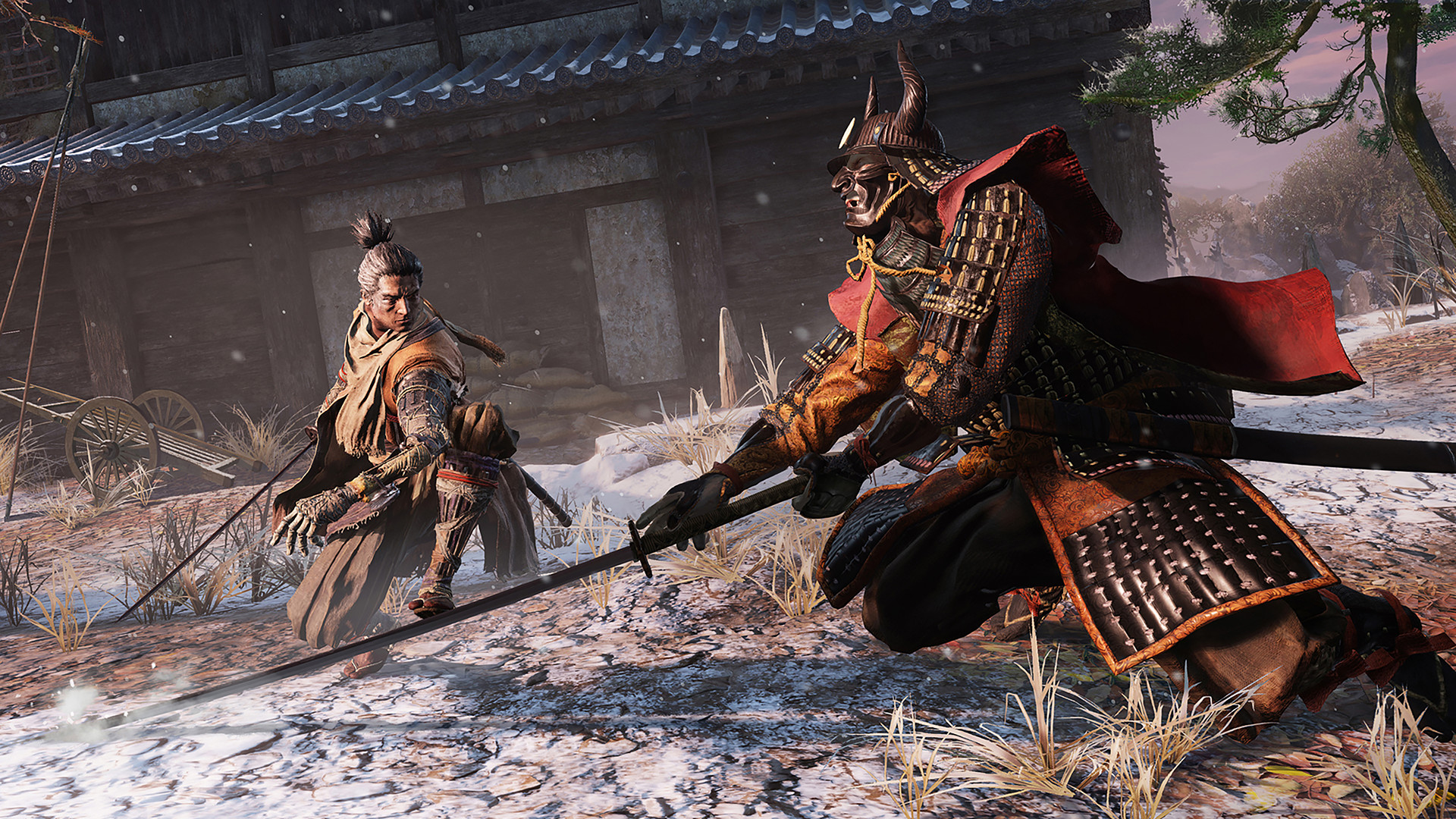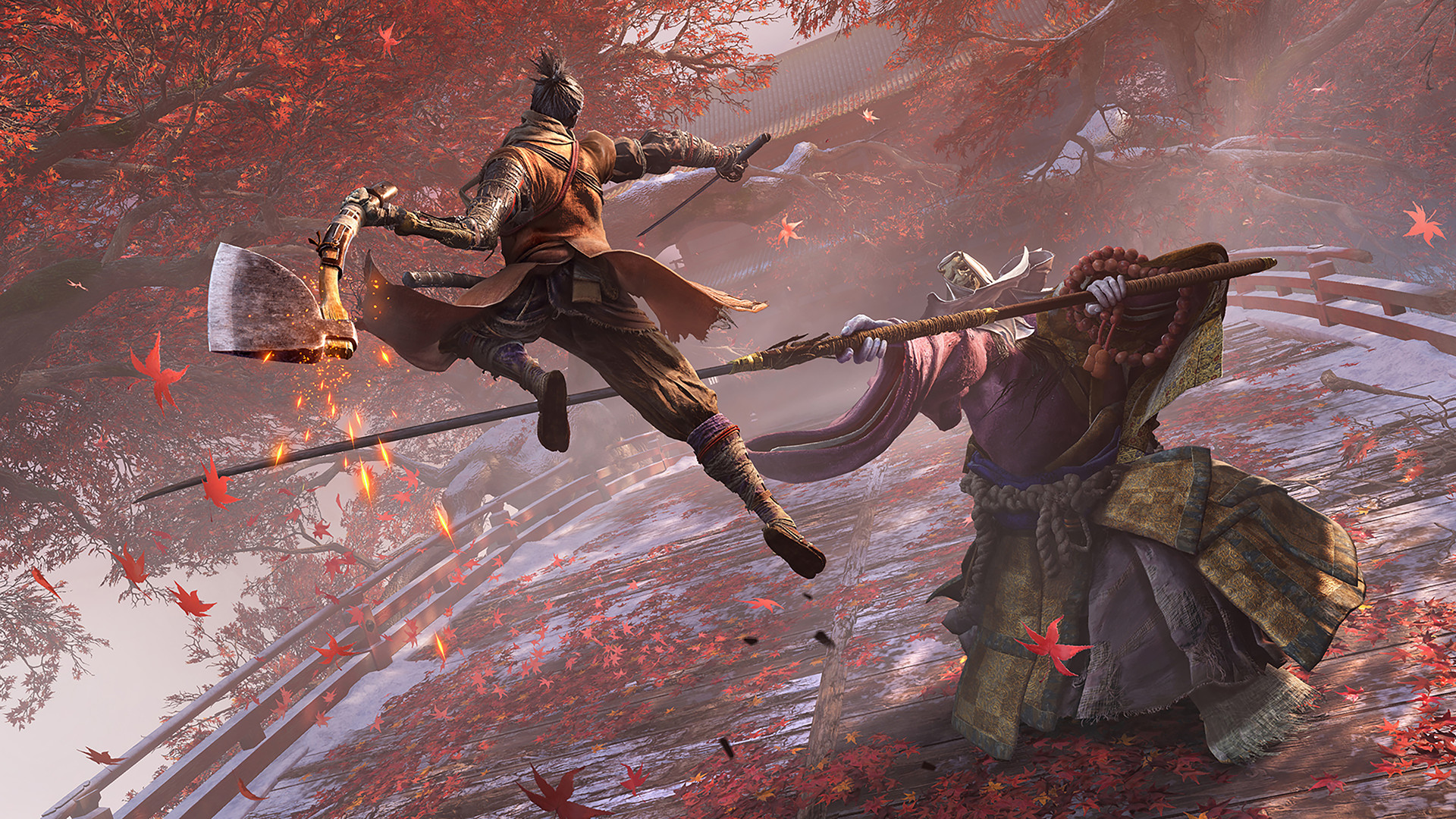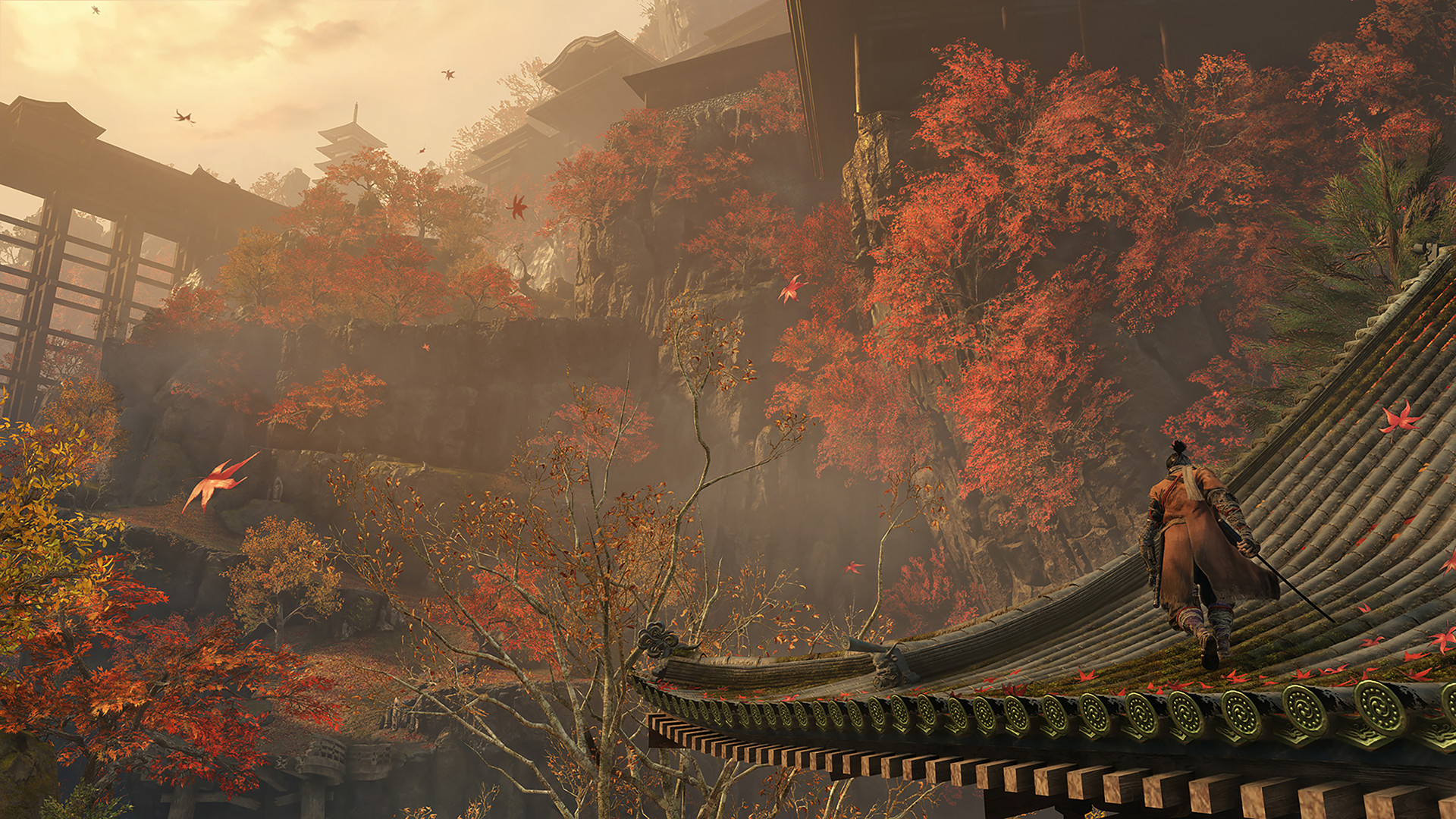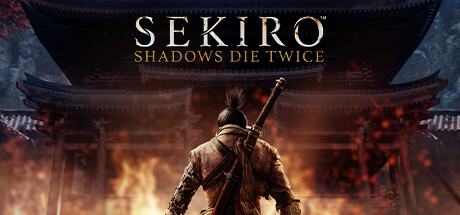Release Day Context
On March 21, 2019, while Disney joked about streaming wars and Anthem’s hype train finally slowed to a halt, FromSoftware quietly slipped Sekiro: Shadows Die Twice onto store shelves. At the same time, the final Overwatch League playoff skirmishes were unfolding, yet Sekiro still carved out its own headline: “Game of the Year” at The Game Awards and IGN’s Best Action Game of 2019. This was no small feat, especially given the fierce competition that spring.
Storyline
Players don the gauntlet of the “one-armed wolf,” a disgraced shinobi bound to protect the young Lord Kuro, scion of an ancient bloodline. However, after a brutal betrayal leaves you dead at dawn, resurrection becomes as likely as your next boss fight ending without a Game Over screen. Consequently, with honor in tatters and vengeance in your prosthetic hand, you traverse late 1500s Sengoku Japan, where every castle gate hides a challenge and every whisper of “shinobi” is a prelude to a violent lesson.
Gameplay Mechanics
- Combat & Posture: Rather than relying on hit-point attrition, you break an enemy’s posture with precise deflections and deathblows. Yet, one wrong parry and you’ll be eating dirt.
- Prosthetic Tools: From shurikens to flame vents, your mechanical limb acts as a Swiss Army knife of brutal surprises.
- Resurrection: You can die twice to surprise foes or risk losing earned loot. Therefore, choose wisely—resurrect in the heat of battle, or clutch your prize from the ashes.
- Vertical Traversal: Because grappling hooks let you scale castle walls faster than rumors travel in a hamlet, you can perch, plan, and plunge into enemy ranks.

Visuals & Audio
FromSoftware outfits Sekiro in moody palettes—crimson banners, mist-clad valleys, and dilapidated fortresses. Every courtyard is a theater of gore and grace. Yuka Kitamura’s score punctuates sword clashes with taiko drums and melancholic strings, reminding you that death is both art and inevitability. Ambient crows, distant howls, and the whistle of a katana cutting air—this is a living, breathing world full of primal tension.
User Reviews & Ratings
Recent Reviews: Very Positive (93% of 2,383) | All Time: Overwhelmingly Positive (95% of 239,035)
The community sings Sekiro: Shadows Die Twice praises for:

- Precision Combat: Every parry feels earned; every boss, a monumental test of skill.
- World Design: A seamless playground of danger and discovery.
- Rewarding Challenge: Victory tastes sweeter when failure is a dance partner.
Critics and casuals gripe about:
- Steep Learning Curve: “Casual-friendly” it is not—prepare to die, repeatedly.
- Performance Hiccups: Occasional frame drops and load times on certain platforms.
- Asynchronous Multiplayer: Messages and ghost echoes amuse, but co-op fans may feel left out.

Industry Impact
Sekiro: Shadows Die Twice GOTY nod cemented FromSoftware’s reign beyond Dark Souls and Bloodborne. Developers now chase its blend of precision action and open-ended traversal. You can trace Ghost of Tsushima’s stealth emphasis and even Elden Ring’s boss-centric peaks back to Sekiro’s blueprint. It made “shadows die twice” a household phrase and raised the bar for every blade-wielding hero that followed.
Conclusion
With over 50 awards and nominations, Sekiro: Shadows Die Twice isn’t just a package of DLC—it’s a masterclass in high-stakes swordplay and storytelling. If you crave a challenge so satisfying it borders on masochism, this is your arena. Just remember: in Sekiro’s world, death is but a breath away—and dying once only sharpens your resolve to slice back.

